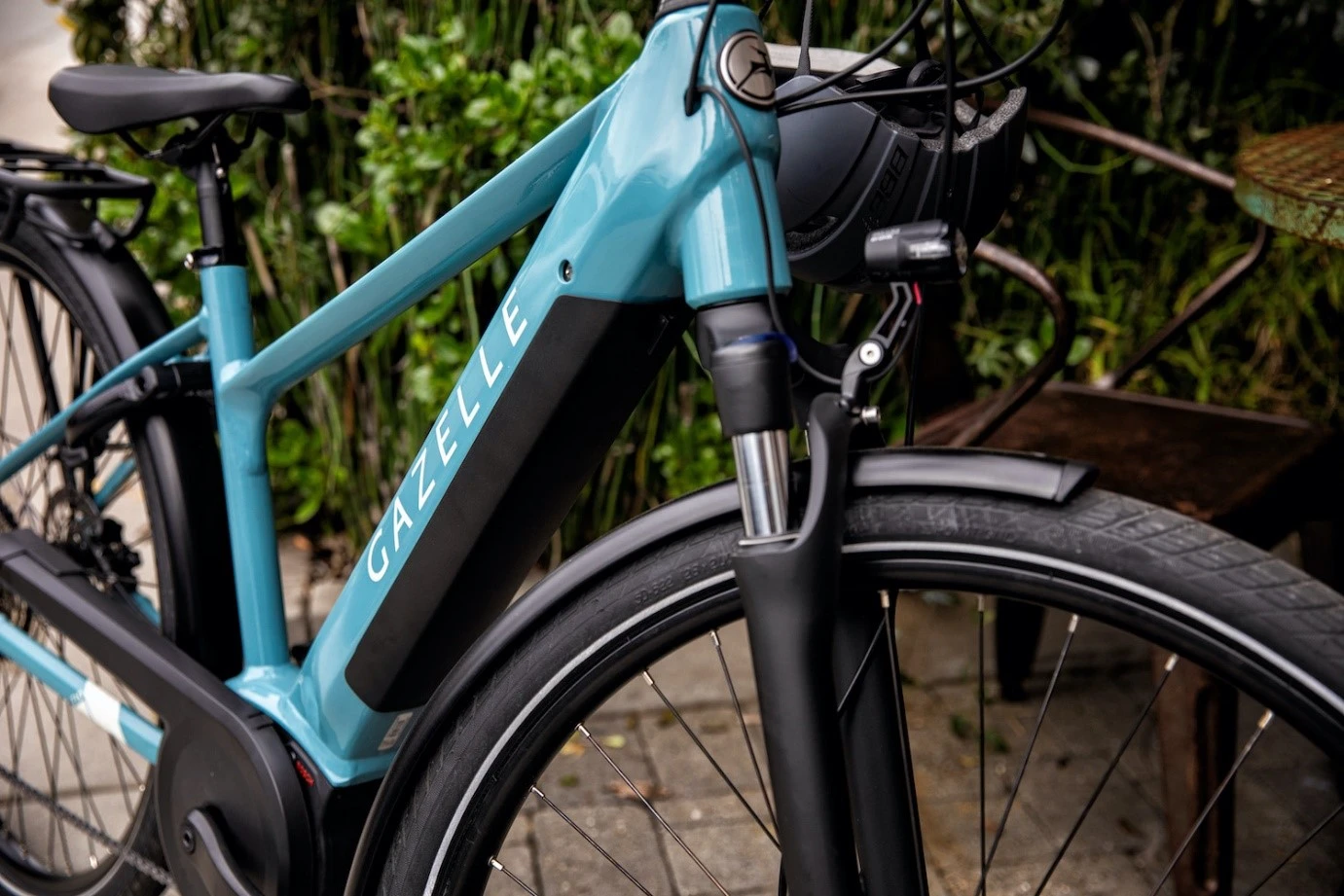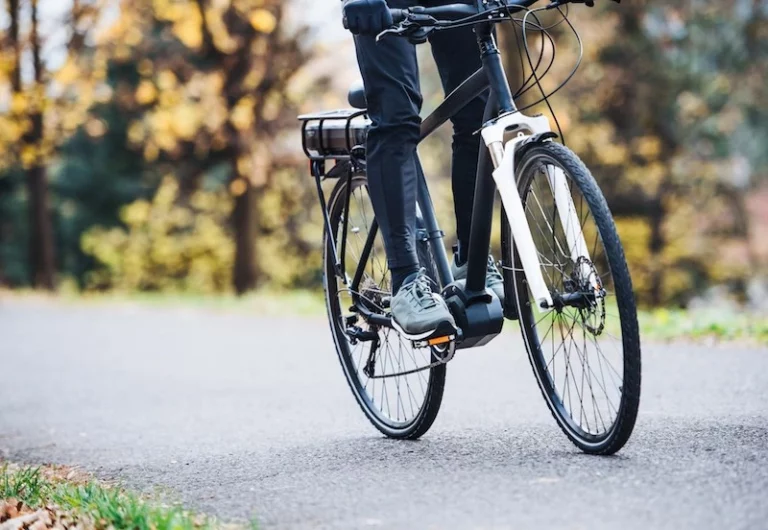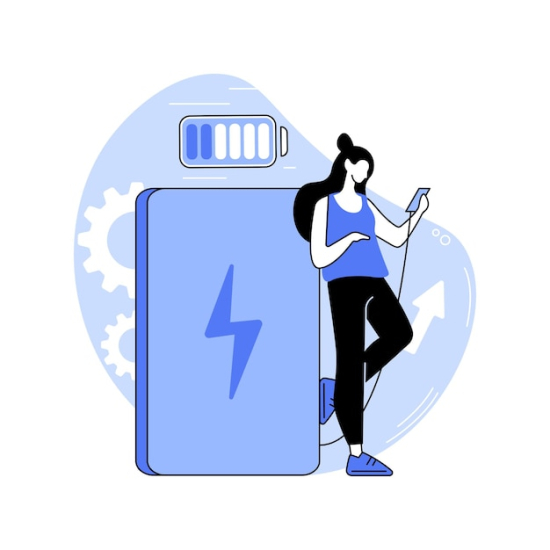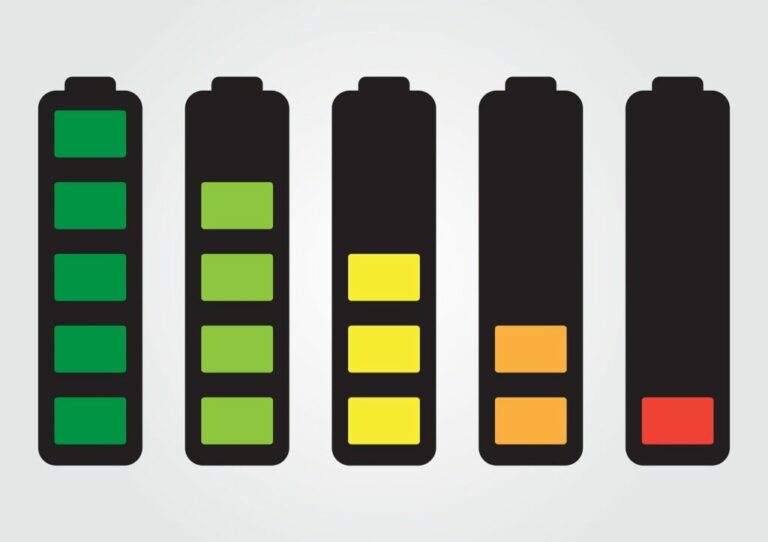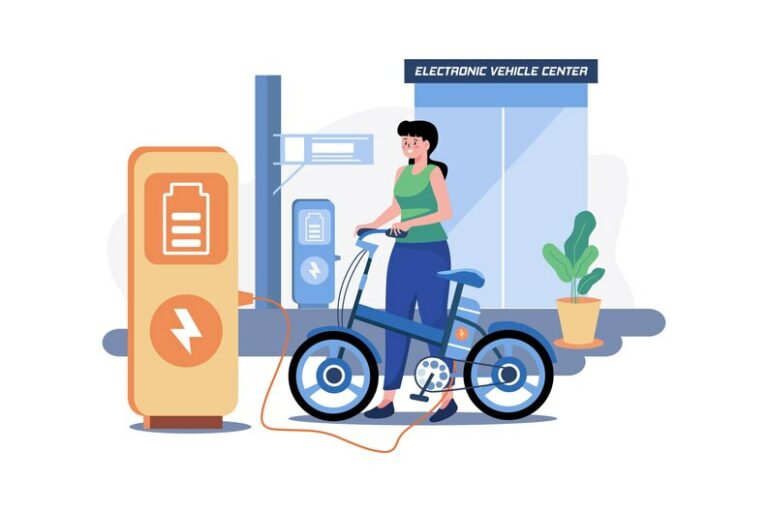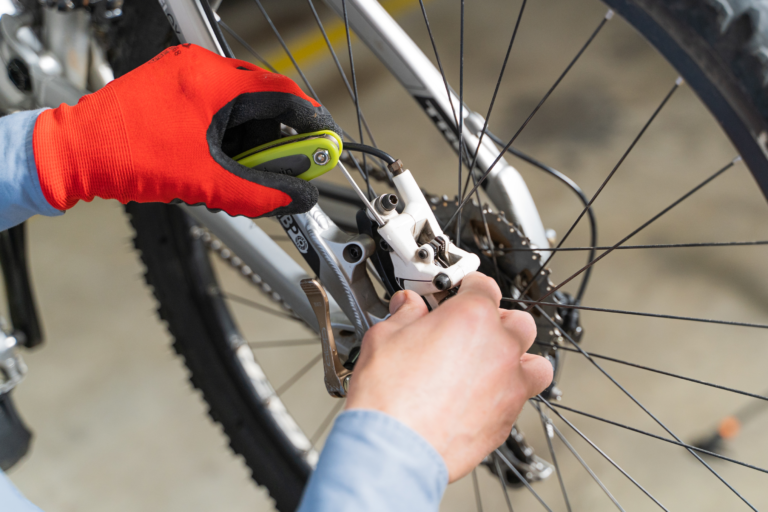How much air should I put in my ebike tires?
It is one of the most commonly asked question. We aim to provide comprehensive answers to all your inquiries within the blog.
Things to Consider When Adding Air Pressure to Your Ebike Tire
Several factors come into play when determining the optimal air pressure for your ebike tires. These factors include:
1. Weight
The air pressure in your tires should be adjusted according to your weight. Heavier riders typically require higher air pressure to adequately support their weight.
2. Terrain
The type of terrain you plan to ride on also affects the ideal air pressure. Higher air pressure offers smoother rolling on even surfaces, but it increases the risk of experiencing flats. Lower air pressure, on the other hand, provides improved comfort and traction on rough terrains, albeit with a higher risk of flats.
3. Tire Width
The width of your ebike tires influences the maximum air pressure they can handle. Wider tires generally accommodate higher air pressure than narrower ones.
To determine the recommended tire pressure range for your specific ebike, consult the manufacturer’s instructions outlined in your bike’s owner’s manual. If you’re not sure how much air to put in your tires, it’s always best to be on the side of caution and start with lower pressure. You can always add more air later if you find that the ride is too bumpy or unstable.
The Basics of Bike Tire PSI
- Road bikes: 80-130 psi
- Mountain bikes: 25-35 psi
- Hybrid bikes: 40-70 psi
Utilize a High-Quality Air Pump with a Pressure Gauge
Rewritten explanation: Using a high-quality air pump with an integrated pressure gauge ensures precise inflation for your ebike tires. This helps maintain optimal performance and safety by achieving the recommended air pressure accurately.
Inflate Tires to Recommended or Slightly Lower Pressure
It is important to inflate your ebike tires to either the recommended pressure or slightly lower. This ensures proper tire contact, enhancing stability and efficiency during your rides.
Secure Valve Caps to Prevent Air Leaks
To prevent air leaks, make sure to tightly screw on the valve caps of your ebike tires. This helps maintain tire pressure and prevents unnecessary deflation while riding.
Regularly Check Tire Pressure, Especially Before Long Rides
It is advisable to check your ebike’s tire pressure regularly, particularly before embarking on long rides. This practice ensures that the tires are properly inflated, reducing the risk of flats and enhancing your overall riding experience.
Mountain eBike Tire Pressure
The ideal bike tire pressure for your mountain eBike is influenced by various factors, including your weight, the type of terrain you plan to ride on, and the width of your tires. b
Generally, mountain eBike tires require lower pressure compared to road eBike tires. This is necessary to absorb impacts and vibrations encountered on rugged terrains. Lower tire pressure enhances traction, which is crucial for navigating loose surfaces such as sand or gravel.
Here are some specific examples of mountain eBike tire pressures:
- 26-inch tires: 20-25 psi for riders up to 200 pounds, 25-30 psi for riders over 200 pounds.
- 27.5-inch tires: 22-27 psi for riders up to 200 pounds, 27-32 psi for riders over 200 pounds.
- 29-inch tires: 24-29 psi for riders up to 200 pounds, 29-34 psi for riders over 200 pounds.
Please note that the provided minimum and maximum tire pressure guidelines are general recommendations. It may be necessary for you to experiment with different tire pressures to determine the optimal setting that suits your specific needs. It’s also a good idea to check your tire pressure regularly, especially before long rides. There is no ideal mountain bike tire pressure. For ideal mountain bike tires pressure you must take advice of an expert.
Here are some additional things to keep in mind about mountain eBike tire pressure:
- Tire pressure can change with temperature. As tires heat up, the air inside expands, so you may need to add more air after a long ride.
- Tire pressure can also change with wear. As tires wear, they become smaller, so you may need to add more air to maintain the same pressure.
- If you frequently ride on rough terrain, you may need to lower your tire pressure to improve comfort and grip.
- If you frequently ride in wet weather, you may need to raise your tire pressure to improve handling.
PSI for road bike tires
- 26-inch tires: 80-100 psi for riders up to 200 pounds, 100-120 psi for riders over 200 pounds.
- 27.5-inch tires: 90-110 psi for riders up to 200 pounds, 110-130 psi for riders over 200 pounds.
- 29-inch tires: 100-120 psi for riders up to 200 pounds, 120-140 psi for riders over 200 pounds.
How often should I inflate my tires?
You should inflate your tires at least once a month. You may need to inflate them more often if you ride in hot weather or if you frequently ride on rough terrain.
Tire width and what it means for PSI
Tire width and PSI are inversely proportional, meaning that as tire width increases, the PSI required to maintain the same level of performance decreases. This is because wider tires have a larger contact patch with the ground, which reduces the amount of air pressure needed to support the weight of the rider and bike. As a result, wider tires can be inflated to lower PSI without sacrificing performance, which can improve comfort and grip on rough terrain. Narrower tires, on the other hand, require higher PSI to maintain the same level of performance, which can improve speed and handling on smooth terrain. Ultimately, the best PSI setting for your tires will depend on your weight, the type of terrain you ride on, and your personal preferences.
Some key take aways:
1. Tire pressure
Is the amount of air pressure inside a tire. It is measured in pounds per square inch (psi). The correct tire pressure for your bike depends on a number of factors, including your weight, the type of terrain you’ll be riding on, and the width of your tires.
2. Mountain bikes
Typically require lower tire pressure than road bikes. This is because mountain bikes need to be able to absorb bumps and vibrations from rough terrain. Lower tire pressure also provides more traction, which is important for riding on loose surfaces like sand or gravel.
3. Road bikes
On the other hand, typically require higher tire pressure. This is because road bikes need to be able to roll smoothly on paved surfaces. Higher tire pressure also reduces rolling resistance, which can improve your speed.
The optimal tire pressure for your bike will vary depending on your individual needs and preferences. It’s a good idea to experiment with different tire pressures to find what works best for you.
Here are some additional things to keep in mind about tire pressure:
- Tire pressure can change with temperature. As tires heat up, the air inside expands, so you may need to add more air after a long ride.
- Tire pressure can also change with wear. As tires wear, they become smaller, so you may need to add more air to maintain the same pressure.
- If you frequently ride on rough terrain, you may need to lower your tire pressure to improve comfort and grip.
- If you frequently ride in wet weather, you may need to raise your tire pressure to improve handling.
By understanding the importance of tire pressure and how to properly inflate your tires, you can ensure that you’re getting the most out of your bike.

